Grade 6 - Manitoba Math - Full Year Bundle
Grade 6 - Manitoba Math - Full Year Bundle
Interested in a bundle? Shop below instead!
Couldn't load pickup availability
PRODUCT PREVIEW
DIGITAL AND PDF INCLUDED! Grade 6 - Manitoba Math Curriculum Updated 2013 – This resource covers all expectations in the Grade 6 – Manitoba Math Curriculum. This product contains 865 activity sheets.
Check out each of the strands below to learn more about the resources included in this bundle.
Strand 1 - Number (Number Sense)
- Composing and decomposing whole numbers greater than one million
- Understanding place value with whole numbers greater than one million
- Working with large numbers (billions and trillions) using technology
- Read and represent integers using horizontal and vertical number lines
- Comparing integers, decimal numbers, and fractions
- Read, represent, compare, and order decimal numbers greater than thousands
- Round decimal numbers – both terminating and repeating as well as front-end estimation
- Relate improper fractions to mixed numbers and mixed numbers to improper fractions
- Composite and prime numbers using factor trees
- Multiplying and dividing whole numbers by decimal numbers
- Rates and ratios
- Understand percentages and relate to decimals and fractions
- 5 Unit Tests – (Place Value), (Adding/Subtracting), (Multiplying/Dividing), (Factors, Fractions, and Ratios), (Integers, Decimals, Fractions, and Percents)
Strand 2 - Patterns and Relations
- Extending growing and shrinking patterns
- Translating growing and shrinking patterns using tables of values and graphs
- Increasing/Decreasing patterns using all 4 operations (addition, subtraction, multiplication and division)
- Determining pattern rules and pattern cores
- Representing patterns in table of values
- Analyzing tables looking for patterns to help solve problems
- Linear patterns – analyzing patterns in graphs
- Creating and describing patterns using whole numbers and decimal to the hundredths
- Graphing table of values
- Investigating decimals patterns using number strings
- Solving equations using variables
- Solving patterns using algebraic expressions and equations
- Representing patterns using simple algebraic expressions and equations
- Balancing equations using all 4 operations
- Evaluating algebraic expressions
- Understanding the meaning of preservation of equality using pictures and concretely
- 2 Unit Tests – 1 for each strand
Strand 3 - Shape and Space (3-D Objects and 2-D Shapes)
- Identifying angles as acute, obtuse, right, straight, and reflex
- Drawing acute, obtuse, right, straight, and reflex angles
- Estimate the size of angles up to 360 degrees
- Reading a protractor
- Using a protractor to determine angle size of up to 360 degrees
- Constructing angles up to 360 degrees
- Using Interior and exterior angles to determine unknown angles in triangles and quadrilaterals
- Difference between polygons and non-polygons as well as regular and irregular polygons
- Find the perimeter of polygons using different formulas
- Find the area of rectangles using different formulas
- Find the volume of rectangular prisms using different formulas
- Identifying and drawing scalene, isosceles, and equilateral triangles
- Identifying and drawing right, obtuse, and acute triangles
- Identify transformations – translations, rotations, and reflections
- Perform transformations – translations, rotations, and reflections
- Create designs using multiple transformations
Strand 4 - Statistics and Probability
- Difference between discrete and continuous data
- Difference between qualitative and quantitative data
- Difference between primary and secondary data
- Understanding the importance of random sampling
- Investigating the different random sampling techniques
- Interpreting bar graphs, multiple-bar graphs, and broken-line graph
- Creating pictographs, bar graphs, multiple-bar graphs, broken-line graphs, and multiple broken-line graphs.
- Creating an appropriate scale for a graph as well as labels
- Creating and interpreting infographics
- Drawing conclusions about different sets of data
- Thinking critically about misleading graphs
- Creating misleading graphs
- Using a probability line to decide the probability of an event
- Using fractions, decimals, and percent to represent the probability of an event
- Understanding the difference between theoretical and experimental probability
- Performing experimental probability of two independent events
- Determining the theoretical probability of two independent events using tree diagrams
This is a comprehensive unit that will save you hours of planning! It has been tested and found effective in helping students achieve the specific learning outcomes created by Manitoba Education.
Share
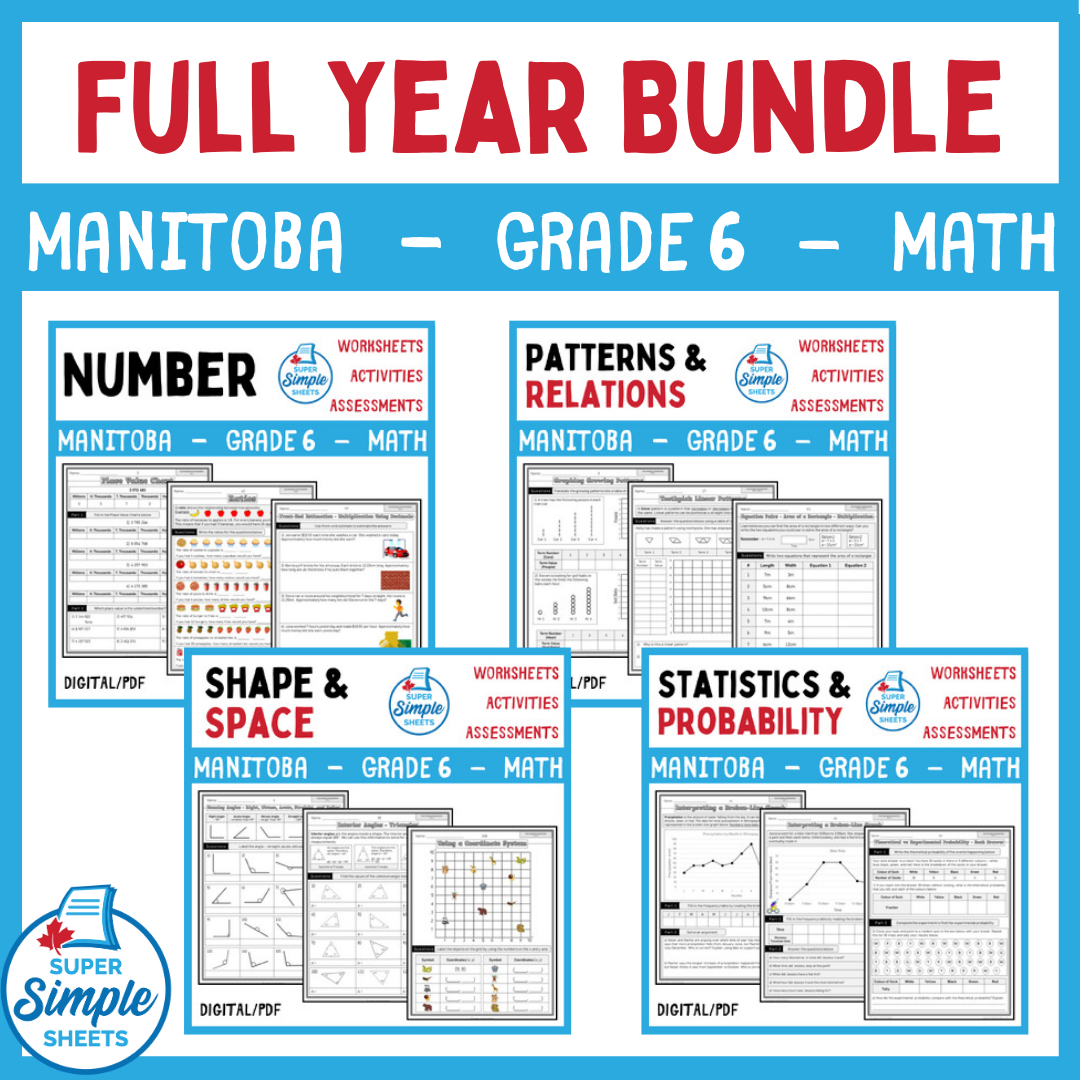
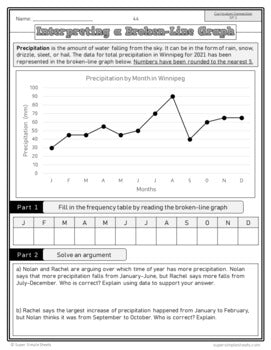
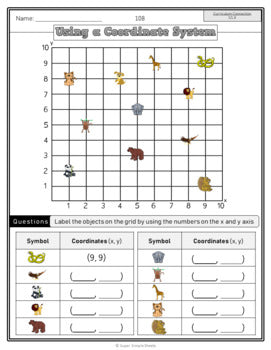
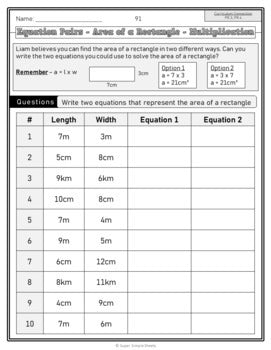
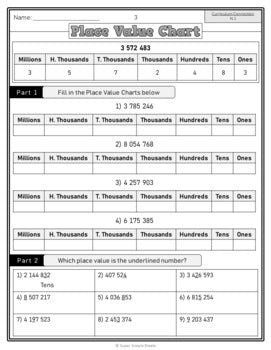
Really helpful for a first year teacher. Matches curriculum outcomes and helps provide some lesson ideas and structure.
Follows the Manitoba curriculum and is such a helpful resource. Easy to follow!
Enough material to supplement any classroom.








